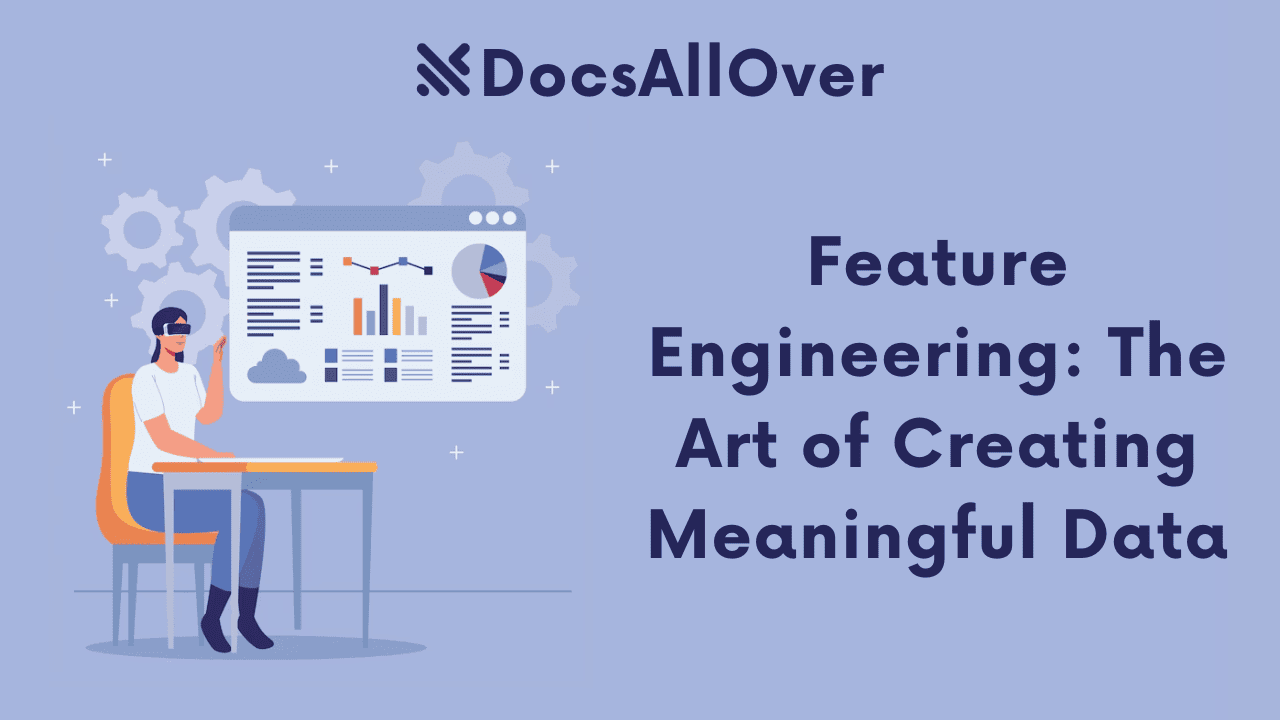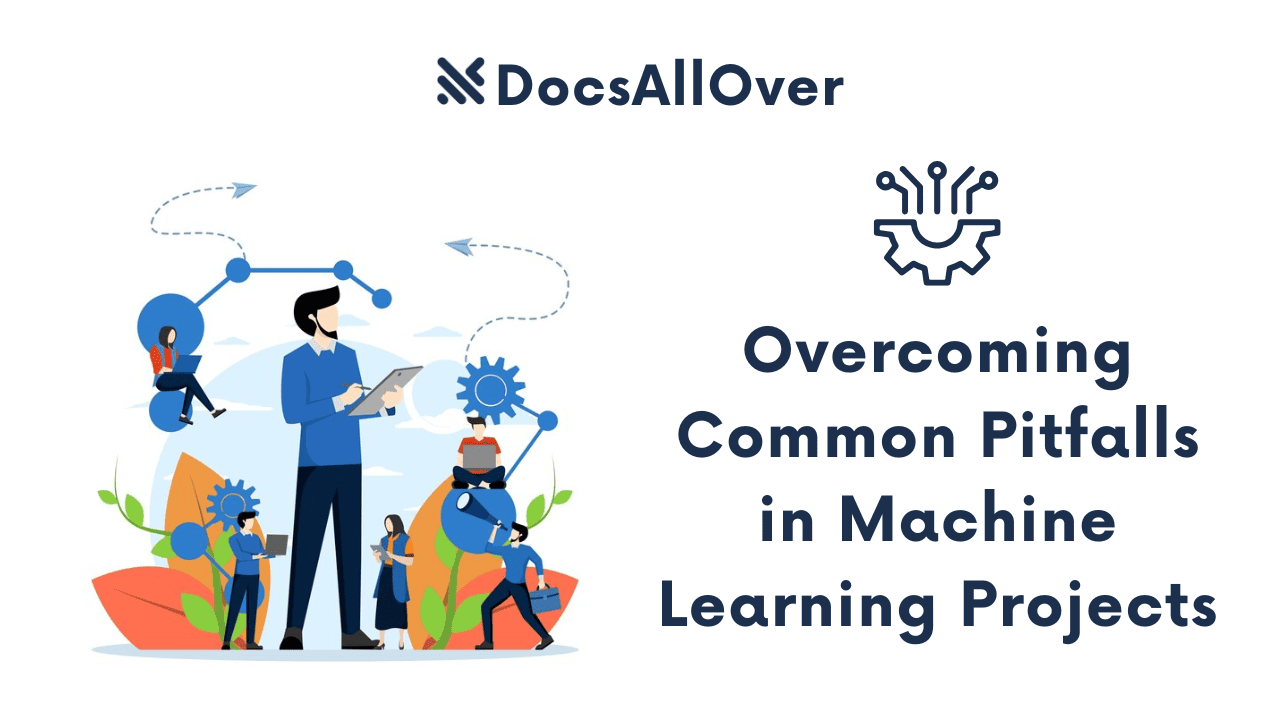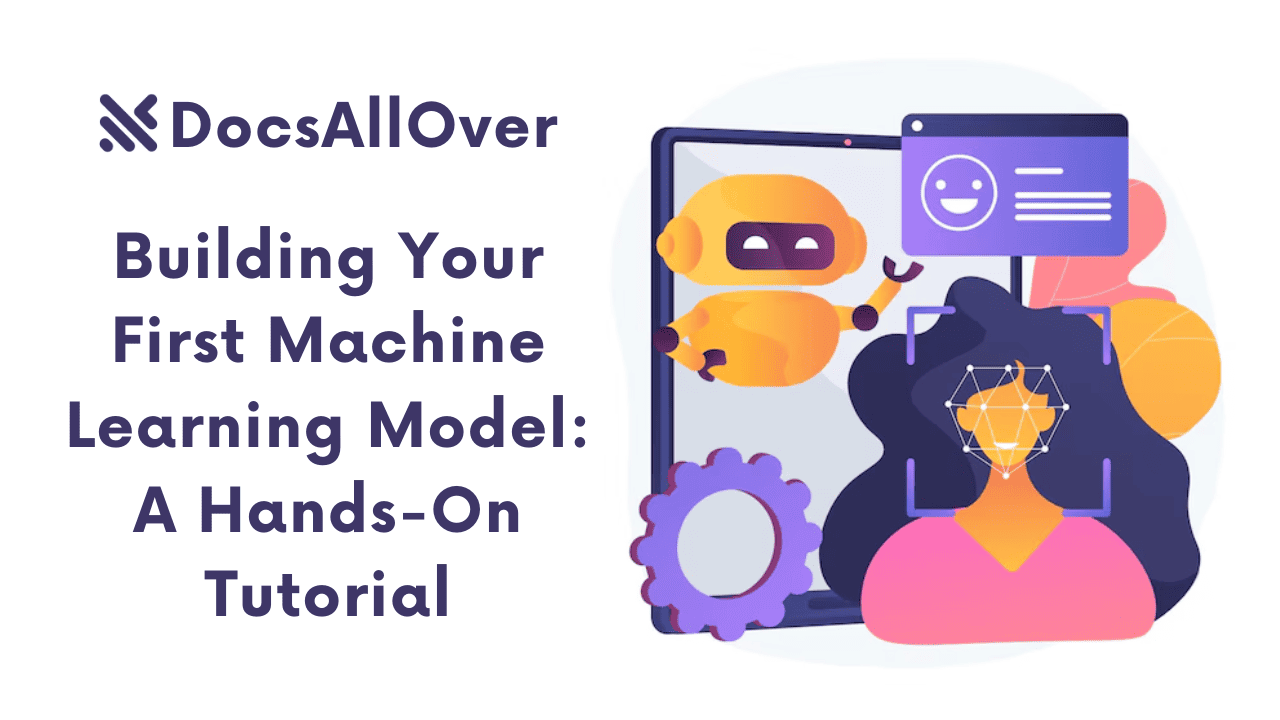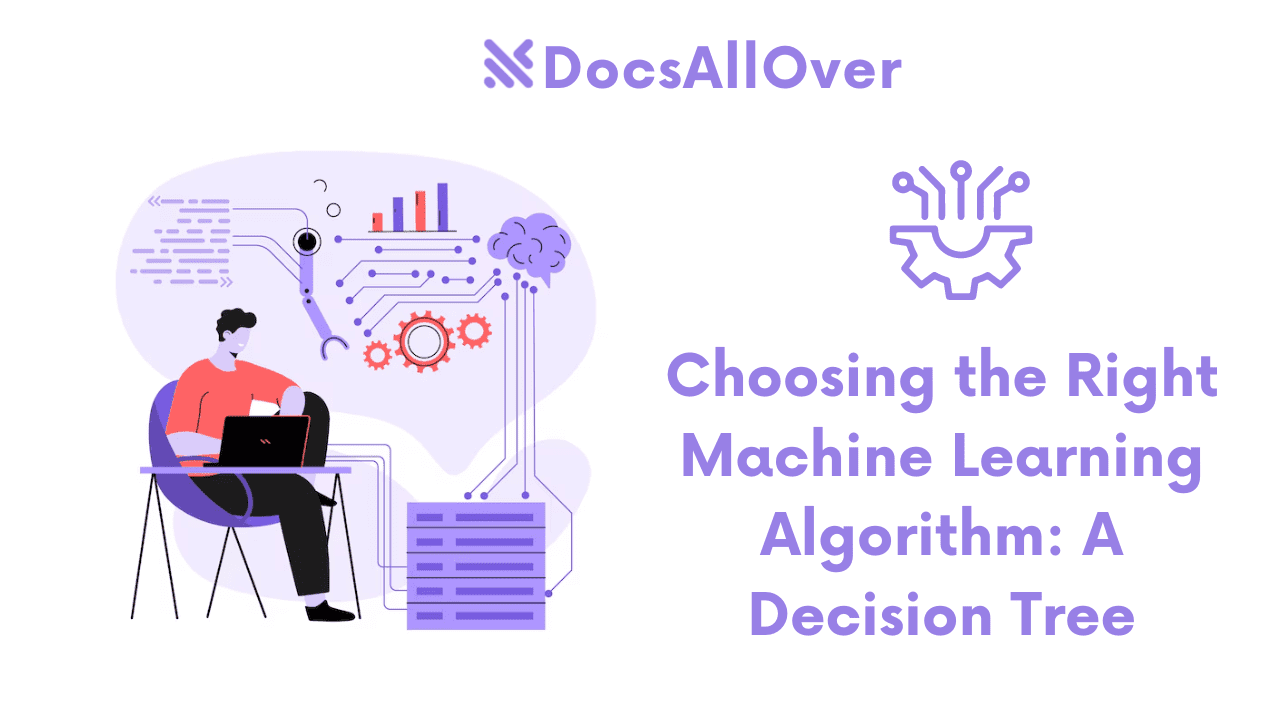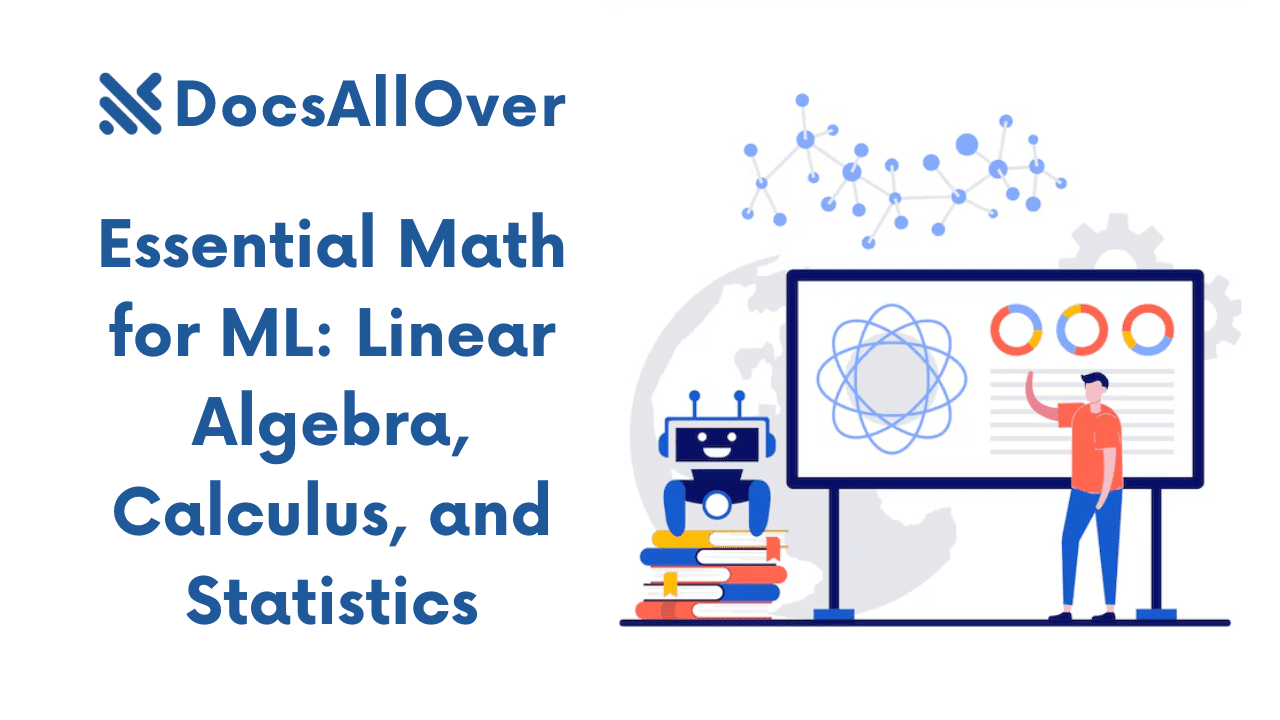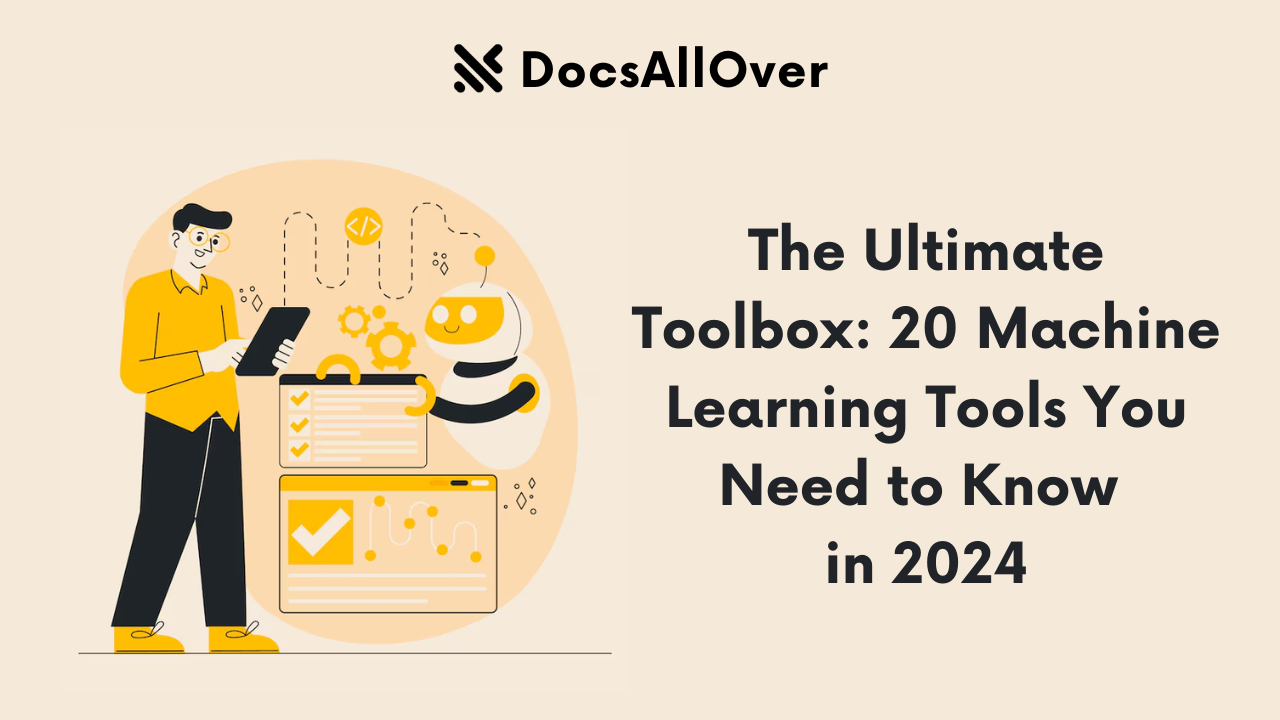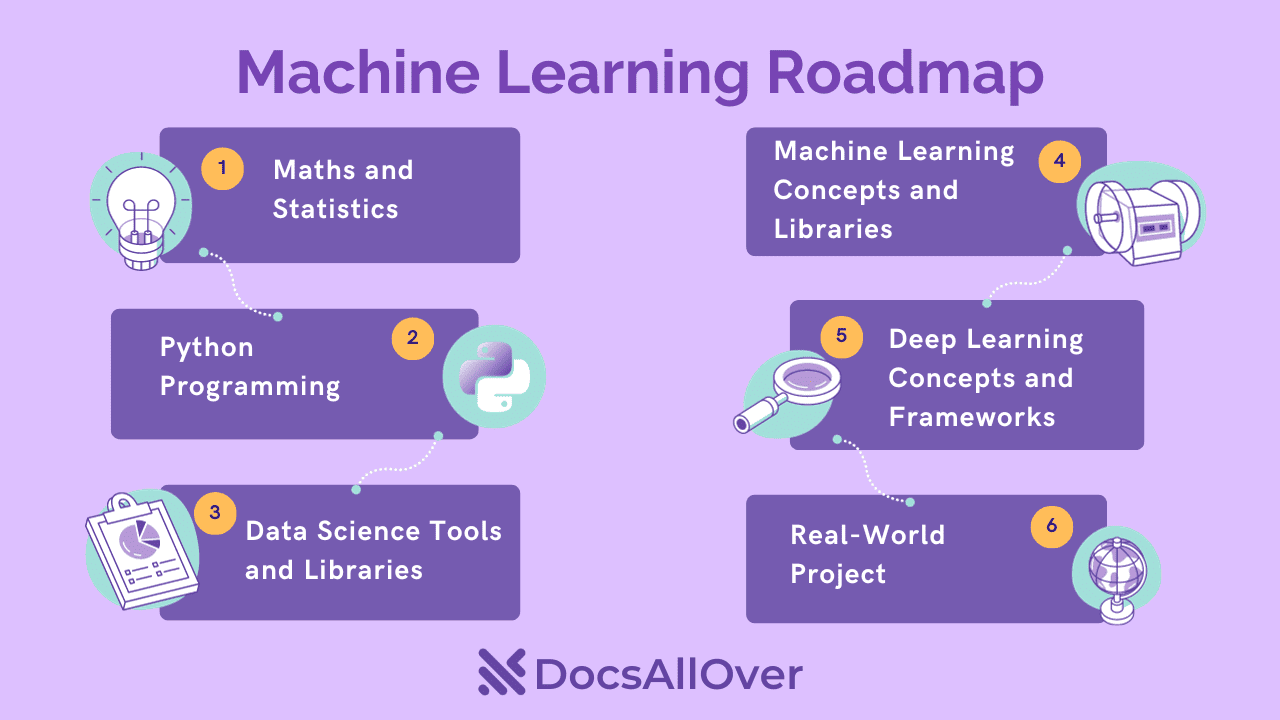Unsupervised Learning: A Comprehensive Guide
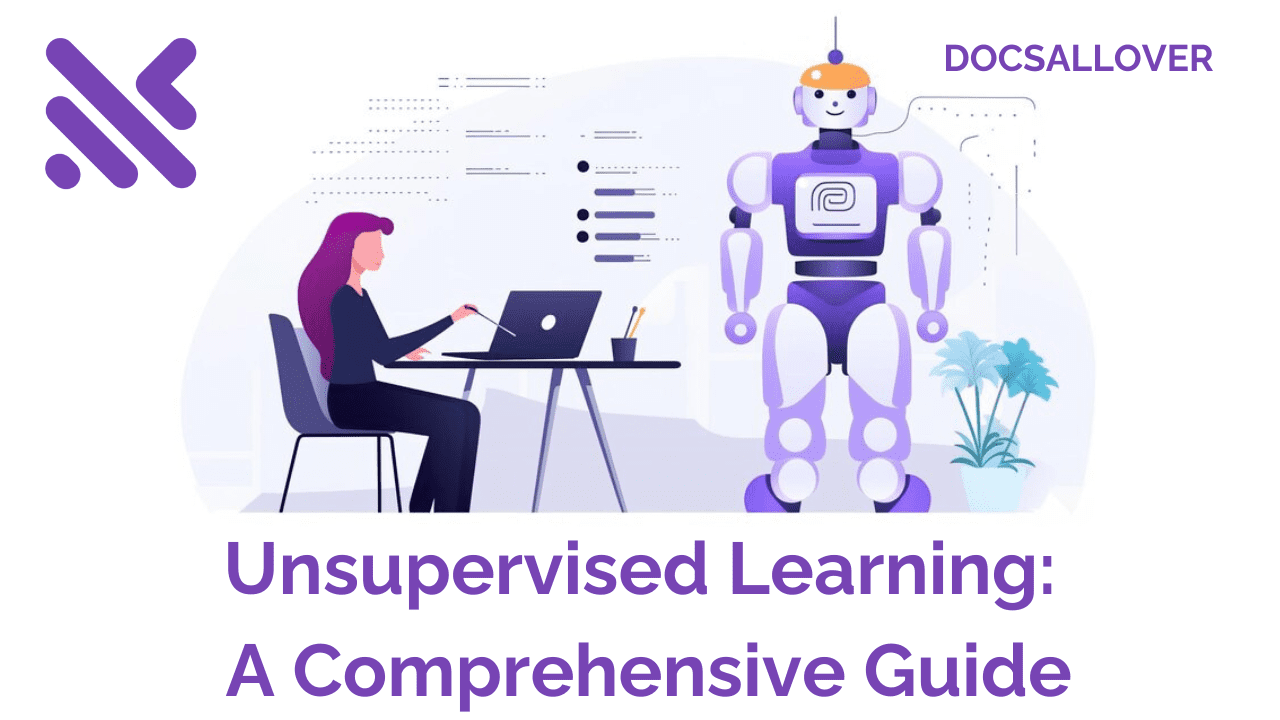
Unsupervised learning is a type of machine learning in which the machine is trained on a set of unlabeled data. This means that the data does not include the desired output for each input. The machine must find patterns in the data on its own.
Unsupervised learning is often used for tasks such as clustering, dimensionality reduction, and anomaly detection.
- Clustering: Grouping similar data points together.
- Dimensionality reduction: Reducing the number of features in a dataset while preserving the most important information.
- Anomaly detection: Identifying data points that are different from the rest of the data.
How Unsupervised Learning Works
Unsupervised learning algorithms typically work by finding patterns in the data. For example, a clustering algorithm might group data points together that are close to each other in Euclidean space. A dimensionality reduction algorithm might remove features that are not correlated with the other features. An anomaly detection algorithm might identify data points that are more than a certain number of standard deviations away from the mean.
Types of Unsupervised Learning Algorithms
There are many different types of unsupervised learning algorithms. Some of the most common types of unsupervised learning algorithms include:
- Clustering algorithms: K-means clustering, hierarchical clustering, density-based spatial clustering of applications with noise (DBSCAN)
- Dimensionality reduction algorithms: Principal component analysis (PCA), t-distributed stochastic neighbor embedding (t-SNE)
Examples of Unsupervised Learning
Here are some examples of how unsupervised learning is used in the real world:
- Clustering: Unsupervised learning can be used to cluster customers into different segments based on their purchase history. This information can then be used to target customers with more relevant marketing messages.
- Dimensionality reduction: Unsupervised learning can be used to reduce the dimensionality of a dataset before feeding it to a supervised learning algorithm. This can improve the performance of the supervised learning algorithm by making it less prone to overfitting.
- Anomaly detection: Unsupervised learning can be used to detect fraudulent transactions on a credit card. It can also be used to detect network intrusions or other security threats.
Benefits of Unsupervised Learning
Unsupervised learning has a number of benefits, including:
- It does not require labeled data, which can be expensive and time-consuming to collect.
- It can be used to find patterns in data that would be difficult or impossible to find with supervised learning.
- It can be used to improve the performance of supervised learning algorithms.
Drawbacks of Unsupervised Learning
Unsupervised learning also has some drawbacks, including:
- It can be difficult to interpret the results of unsupervised learning algorithms.
- Unsupervised learning algorithms can be overfit to the training data, meaning that they may not perform well on new data.
Here are some additional examples of how unsupervised learning is used in the real world:
- Recommendation systems: Unsupervised learning can be used to recommend products or movies to users based on their past behavior.
- Image processing: Unsupervised learning can be used to identify objects in images and videos.
- Natural language processing: Unsupervised learning can be used to identify topics in text and translate languages.
- Fraud detection: Unsupervised learning can be used to detect fraudulent transactions and other types of fraud.
- Medical diagnosis: Unsupervised learning can be used to identify patterns in medical data that can help doctors diagnose diseases and recommend treatments.
Unsupervised learning is a rapidly growing field, and new applications are being developed all the time. As the amount of data in the world continues to grow, unsupervised learning will play an increasingly important role in helping us to make sense of it.


